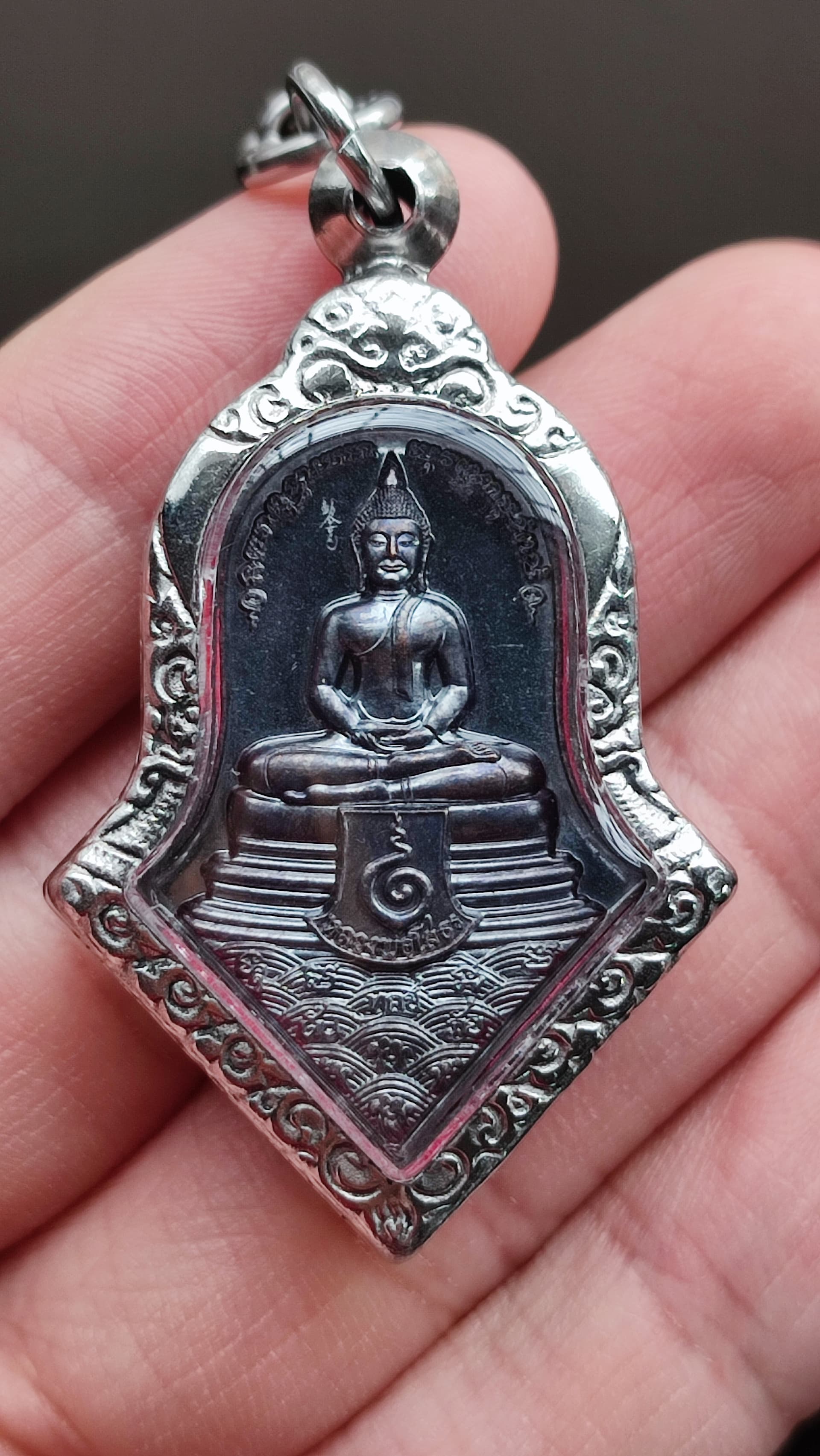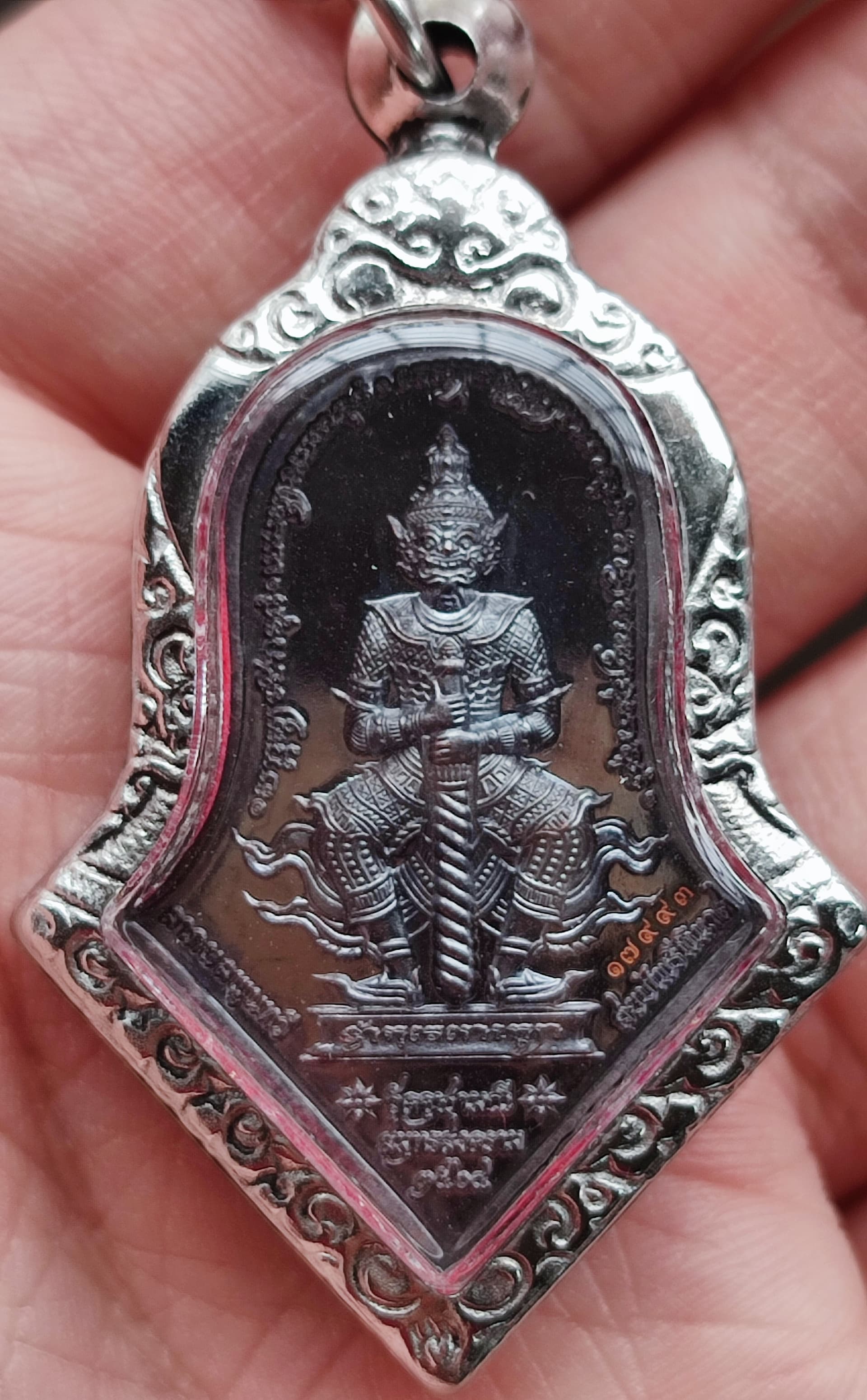Maybe offtopic but just to share some cultural stuff related to “Theravada Buddhism” found in Thailand.
Due to curiosity, I was studying a Thai Theravada folk Buddhism’s sacred phayant (or scriptures or symbols written/printed on a cloth to served as a protective object). I know how to read the Khom scriptures (which used by ancient Thai monks/shaman for writing the Pali scriptures).
This phayant is produced by a royal temple named “Wat Suthat” in BKK, Thailand.

To my surprise, there isn’t much about nonBuddhist mantras…
First the phayant’s content was started with a short praise to the five Buddha: “Panca mare jino natho, patto sambodhimuttamam; catusaccam pakaseti, mahaviram pancabuddha, namamiham, etena saccavajjena, sabbe Yakkha palayanti”
Then followed by a Jataka gatha:
“Hiri-otappasampanna, sukkadhamma samahita; santo sappurisa loke, 'Devadhamma’ti vuccare.”
And surrounded by shorten version of gatha, such as:
(1) “Namo Buddhaya”
(2) “I Sva Su” stands for “Itipiso…, Svakkhato…, Supatipanno…”
(3) “Du Sa Na So” stands for the four stanzas uttered by four famous Niraya sattas, now suffer in Great Hell for committing adultery.
(4) “A Sam Vi Su Lo Pu Sa Bu Bha” stands for nine virtues of the Gotama Buddha.
(5) “Na Ma Pa Dha” stands for four great elements
(6) “Ba Ma Na U Ka Sa Na Du” stands for the Eight stanzas of Jayamangala Attha Gatha.
The central image represents the great King of Northern region, His majesty Vessavana Maharaja, holding His Gadhavudha. It is said that this phayant is famous since the ancient time of Thailand, where it was used to exorcise evil sprits & demonic entities, purify the haunted places and preventing the haunting of demonic entity and spirits. This phayant is often given out as a gift by Thai temple when there is a special occasion of reciting Atanatiya Sutta (DN 32), which usually recited in this style:
And this practice carried on till now. You can still see it at many places in Thailand, especially certain hotels and places. Make sure you don’t step on this phayant or take it off from the wall as the Thai people may get angry about it.
I guess it is just a way how Thai Buddhists in the past express their desire for protection against misfortune. Which actually, it serves nothing more than just a token of remembrance of Buddha, Dhamma and Sangha.
I think the same thing can be found in Sri Lanka (they called it yantra) and Burma too.




